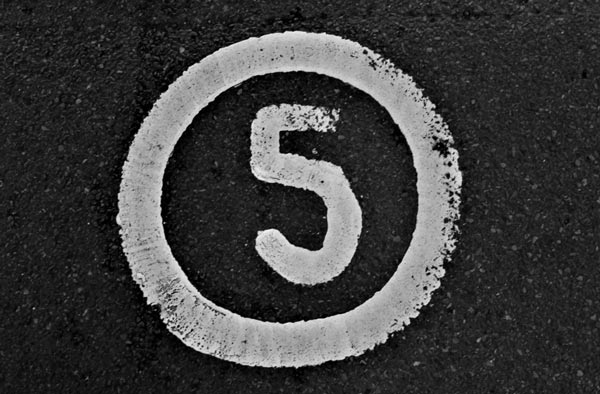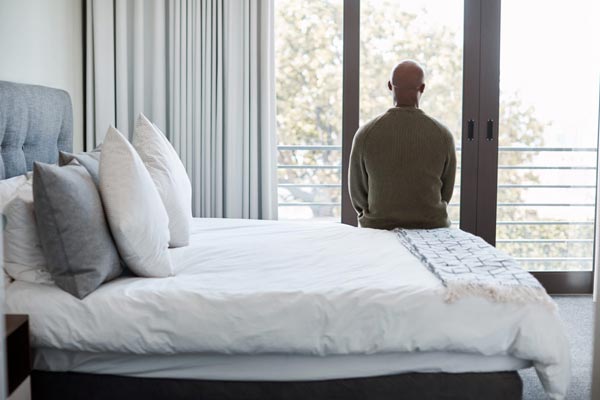Depression affects millions of people and can present in several different ways. Understanding the type of depression you or a loved one may be experiencing is an important first step toward getting effective help. At The Heights Treatment in Houston, our clinical team provides evidence-based care for all forms of depressive disorders through structured levels of care and individualized treatment plans.
5 Types of Depression
If you or someone close to you is living with depression, symptoms may look different from what you expect. There are several types of depression, and not all share the same causes, patterns, or severity. Below are five of the most commonly recognized forms of depression, along with treatment approaches that can help.
Major Depression
Major depression, also known as major depressive disorder, is the type of depression most people think of when they hear the word depression. Individuals may feel a persistent loss of interest, sadness, hopelessness, and low energy most days for at least two weeks. Symptoms often interfere with work, relationships, and daily functioning.
Treatment for major depression often includes psychotherapy, lifestyle changes, and when appropriate, antidepressant medication. Many people benefit from cognitive behavioral therapy or structured support within our Houston mental health program, which is designed to stabilize symptoms and build long-term resilience.
Persistent Depressive Disorder
Persistent depressive disorder is a long-lasting form of depression in which symptoms continue for two years or more. Sometimes referred to as high-functioning depression, individuals may be able to work or maintain relationships but struggle internally with ongoing sadness, low energy, and low self-esteem.
A combination of therapy and medication can be helpful for managing symptoms. Our clinicians frequently use approaches like Dialectical Behavior Therapy (DBT) and mindfulness practices to support emotional regulation and improve daily functioning.
Bipolar Depression
Bipolar depression occurs within bipolar disorder, a condition marked by cycling periods of depression and periods of mania or hypomania. During depressive phases, individuals may struggle with low mood, low motivation, and impaired functioning. During manic phases, they may experience increased energy, rapid speech, impulsive behaviors, or in some cases, delusions.
Treatment usually involves mood stabilizers, therapy, and structured support. Individuals experiencing bipolar symptoms often benefit from consistent clinical oversight through programs like our Partial Hospitalization Program (PHP) or Intensive Outpatient Program (IOP), which provide safe monitoring and therapeutic stabilization.
Hormone-Related Depression
Pregnancy, postpartum changes, and menstrual cycle hormone variations can trigger significant depressive symptoms. Conditions such as postpartum depression and premenstrual dysphoric disorder (PMDD) can cause mood changes, irritability, sadness, and difficulty functioning.
Treatment may include therapy, lifestyle adjustments, medication, and clinical support. Our Houston mental health clinicians work with clients to understand the biological and emotional components contributing to hormone-related depression and create tailored treatment plans that support stability.
Seasonal Affective Disorder
Seasonal Affective Disorder (SAD) is a form of depression that occurs during specific seasons, most commonly in winter due to reduced sunlight exposure. Individuals may experience low mood, fatigue, social withdrawal, and changes in sleep or appetite.
Treatment options can include light therapy, lifestyle changes, medication, vitamin D supplementation, and psychotherapy. Even short periods outdoors can support natural mood regulation. Many individuals add therapy through our Individualized Intensive Program to build coping strategies during difficult seasons.
When to Seek Help
Depression can appear differently depending on the person, and many individuals do not fit neatly into one category. Some may experience atypical depression or depression linked with anxiety, trauma, or substance use. A licensed clinician can help identify the type of depression and recommend effective treatment options.
If symptoms are affecting your daily life, relationships, or functioning, seeking help is an important step. The Heights Treatment provides structured, evidence-based care for depressive disorders at all levels, including:
- Partial Hospitalization Program (PHP)
- Intensive Outpatient Program (IOP)
- Outpatient programming
- Trauma therapy
- CBT and DBT
Our team can help you understand your symptoms, identify the type of depression you may be experiencing, and guide you toward the most effective treatments.
Contact us today to learn more about our mental health treatment programs in Houston.
Sources
- Mayo Clinic. Depression symptoms and causes.
- Cleveland Clinic. Persistent Depressive Disorder.
- WebMD. Bipolar Depression Overview.
- Johns Hopkins Medicine. PMDD Information.
- National Institute of Mental Health. Seasonal Affective Disorder.





